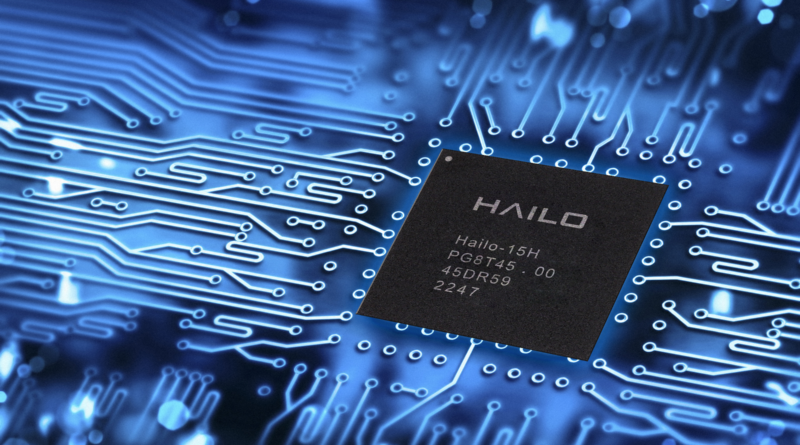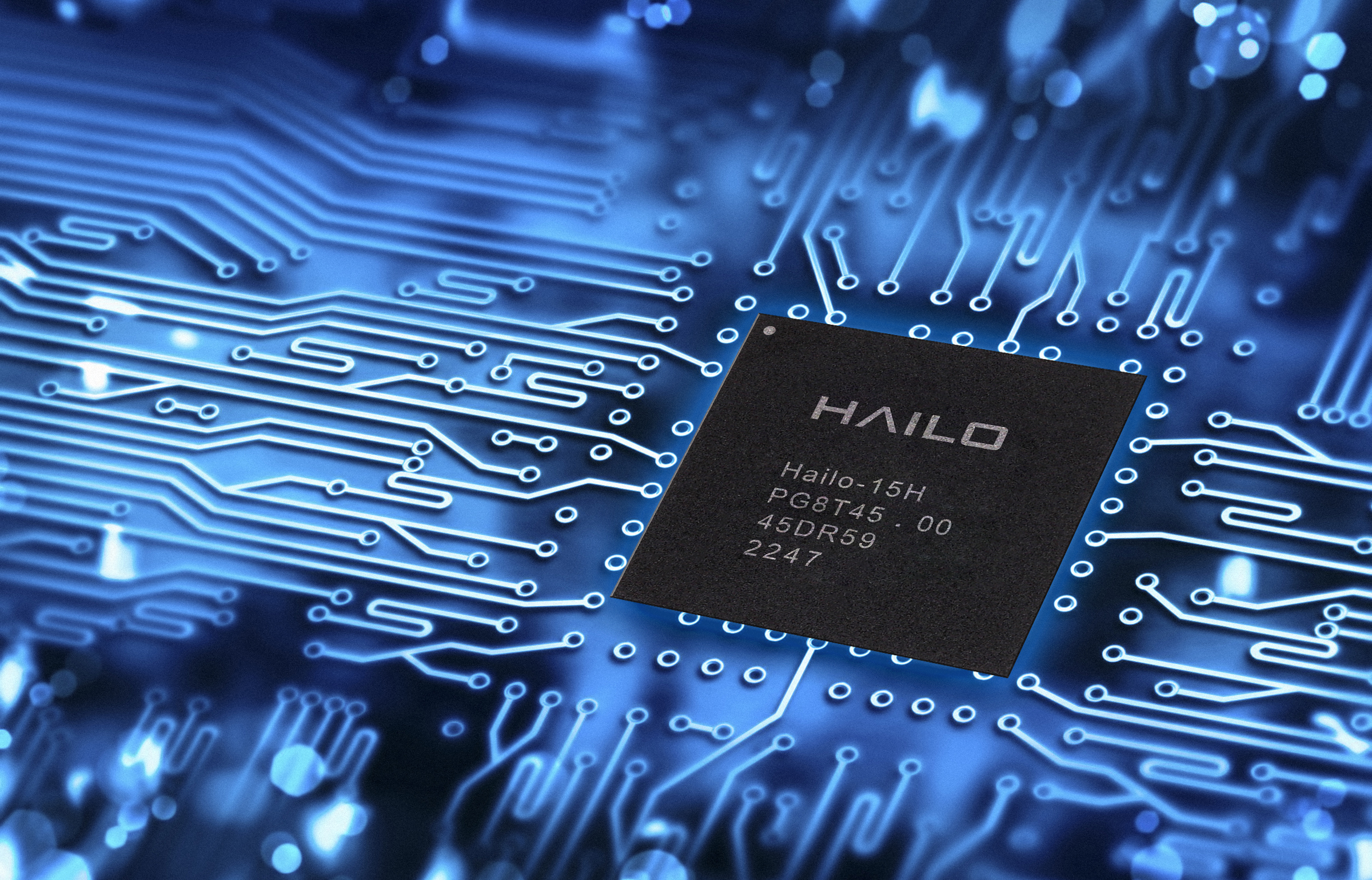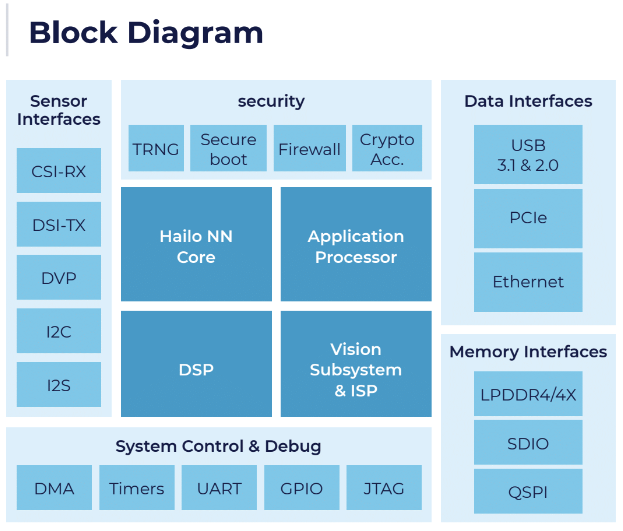Hailo’s new AI chips bring more image processing power to the edge
Hailo, the well-funded Tel Aviv-based AI chipmaker, today announced the launch of its latest processor family: the Hailo-15H, M and L SoCs. Like its predecessor, the Hailo-8, the company designed these new processors to bring AI models to the edge and specifically, to power intelligent cameras.
“Hailo-15 represents a significant step forward in making AI at the edge more scalable and affordable,” stated Orr Danon, CEO of Hailo. “With this launch, we are leveraging our leadership in edge solutions, which are already deployed by hundreds of customers worldwide; the maturity of our AI technology; and our comprehensive software suite, to enable high performance AI in a camera form-factor.”
The company says the new Hailo family will offer processing speeds ranging from 7 tera operations per second (TOPS) to 20 TOPS, making it five times faster than comparably priced solutions. Using the top-of-the-line Hailo-15H, users can run an object detection model like YOLOv5 in real time at a resolution of 1280×1280 — or the benchmark ResNet-50 classification model at 700 frames per second. If you don’t need real-time processing — or are okay with analyzing fewer frames per second — the processor can handle up to 4k60 video input.
The company also notes that this release brings vision-based transformers to cameras for real-time object detection. But its chips can also be used for video enhancement, including improving video in low-light conditions, video stabilization and HDR imaging.
“Hailo-15-empowered cameras lower the total cost of ownership in massive camera deployments by offloading cloud analytics to save video bandwidth and processing, while improving overall privacy due to data anonymization at the edge. The result is an ultra-high-quality AI-based video analytics solution that keeps people safer, while ensuring their privacy and allowing organizations to operate more efficiently, at a lower cost and complexity of network infrastructure,” the company explains.
With these new processors, Hailo expands on the innovative architecture it developed for its original chips. This allows it to look at the neural network that is running on its chips and then map the physical resources accordingly, keeping its compute, memory and control units close to each other for optimal performance — and turn off the parts of the processor that aren’t needed at any given time.





